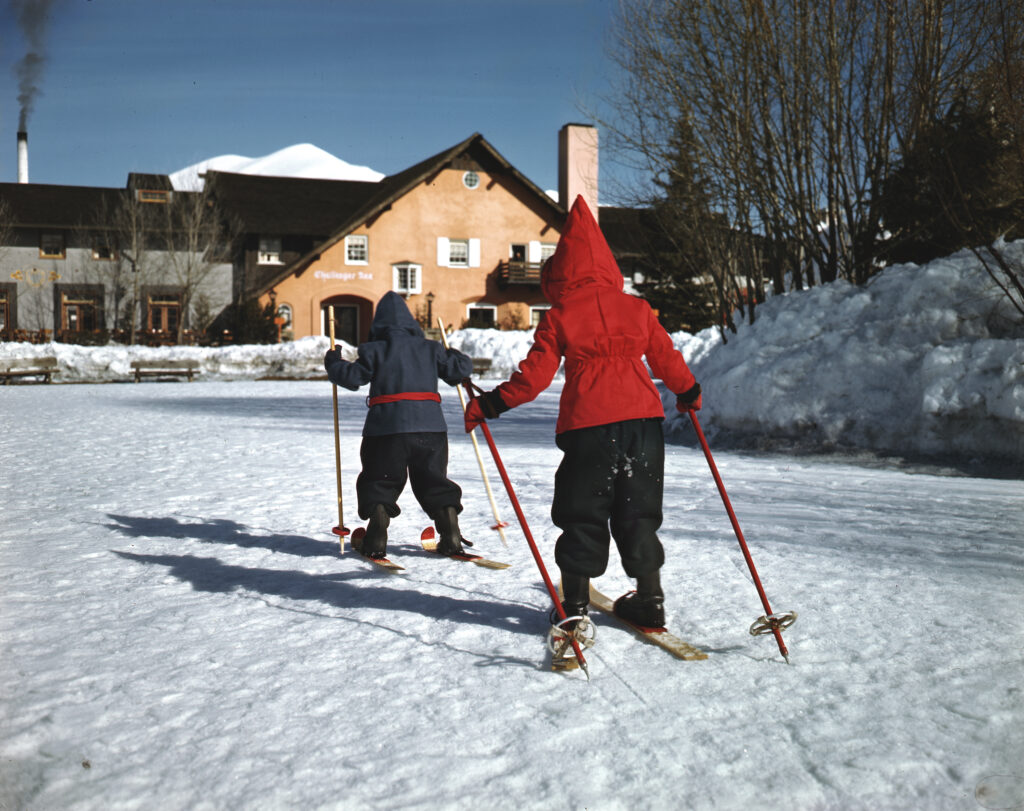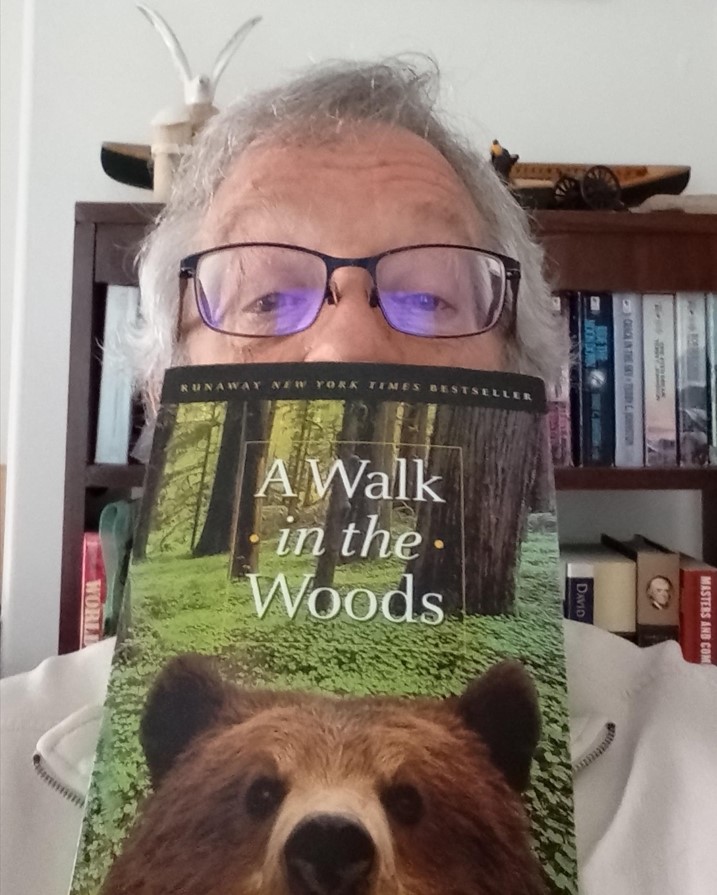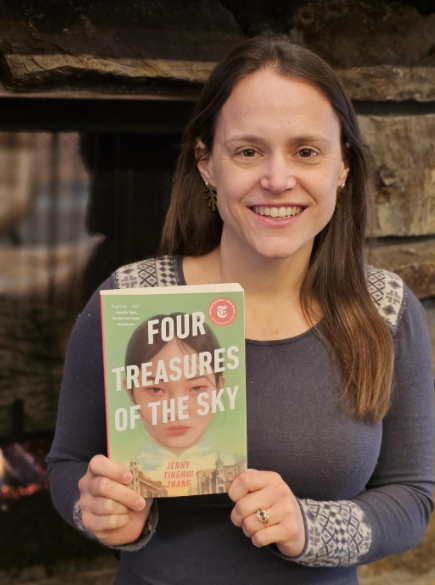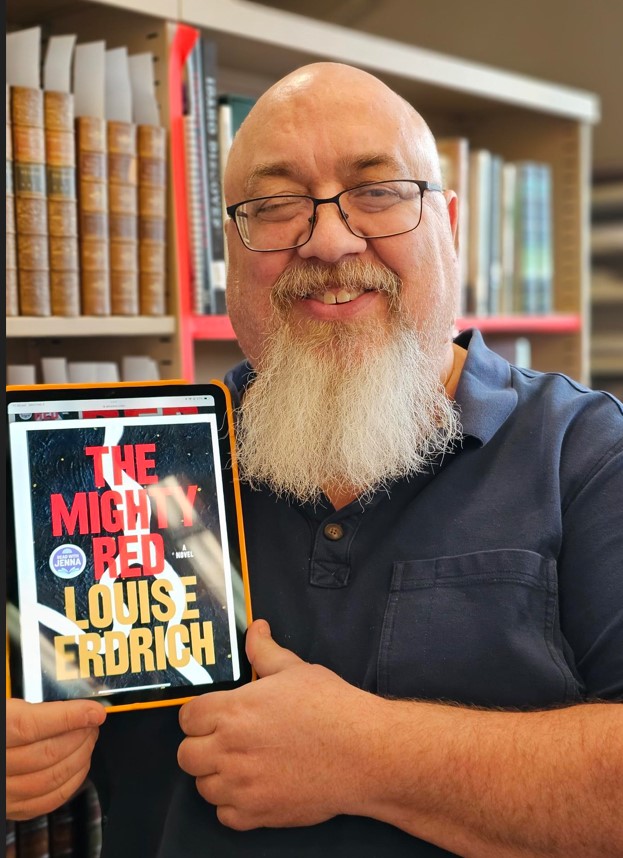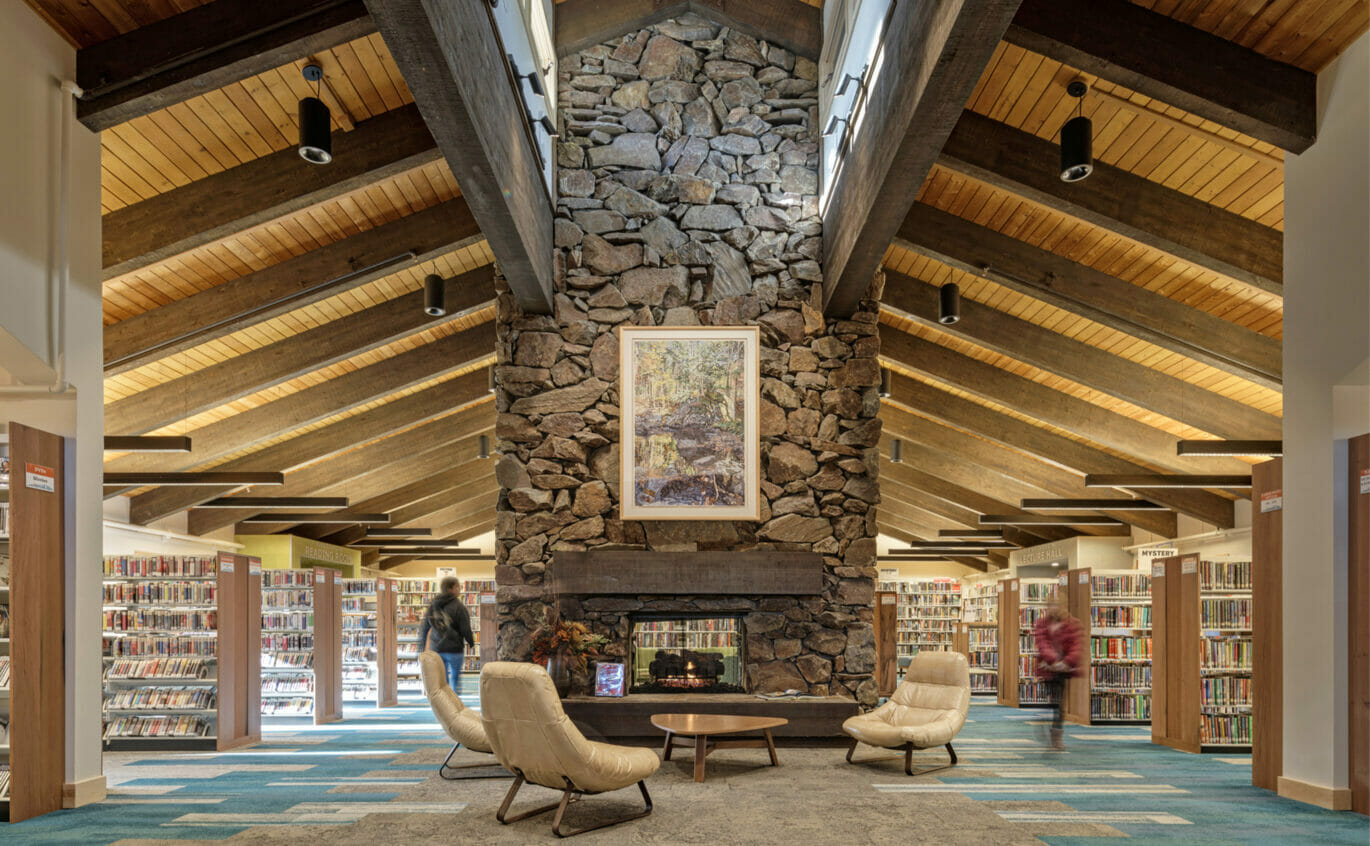Director of Regional History Mary Tyson recommends Beautiful World, Where are You by Sally Rooney.
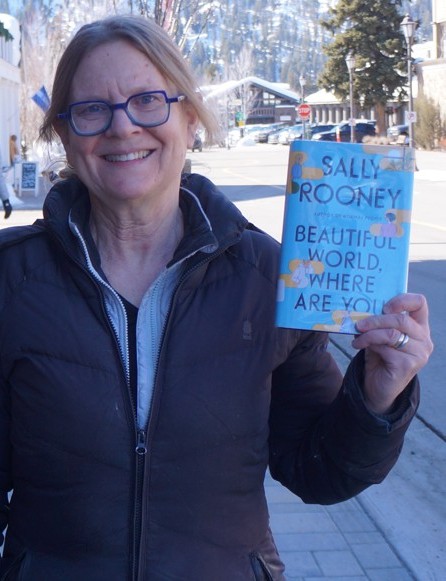
Sally Rooney’s Beautiful World, Where Are You found me, not as a holiday gift, but with its intriguing cover on display at the end of a Library aisle. This is a character-driven novel, so if you’re looking for dramatic action, you won’t find it here.
Instead, you’ll get to know the intimate relationships between three long-time childhood friends: Alice, Eileen, and Simon, now in their twenties and thirties, and the addition of a fourth, new friend, Felix. The story is told through their dialogue, texts, and emails, along with simple evocative descriptions of their environments, revealing the tender love that exists or is growing anew. Alice, a successful novelist, meets Felix, a coarse-mannered warehouse worker through a dating app. Eileen and Simon are off and on friends and lovers.
Set in contemporary Dublin, the story is told through a backdrop of concerns around climate change and all the political problems that seem unending. Other cultural norms are bisexuality is an easy given. There is fluidity to navigating flirtation, casual sex, and friendship.
Worry about the world coming to an end influences the characters’ commitment to living a life that they want or think they can have. This is a quiet novel with a lot of tenderness and piercing inner conflicts brewing. The characters could be described as lost, though for me, their questions and dilemmas feel very human and, frankly, expected.
The strength of the book lies in each of the characters’ relatability and convincing reality. The author creates the right disposition between human flaws and virtues, neither dominating. As Alice, Felix, Eileen, and Simon change and intertwine, they tussle with the contradictions of a decline of civilization and the hope for a future they could still affect. If you don’t mind a slow-paced non-action read – with smart characters – I highly recommend this book.
Find it in our collection in print, ebook, eaudiobook, and on CD here.

